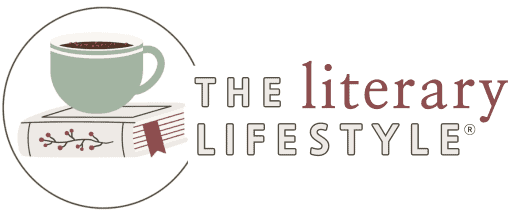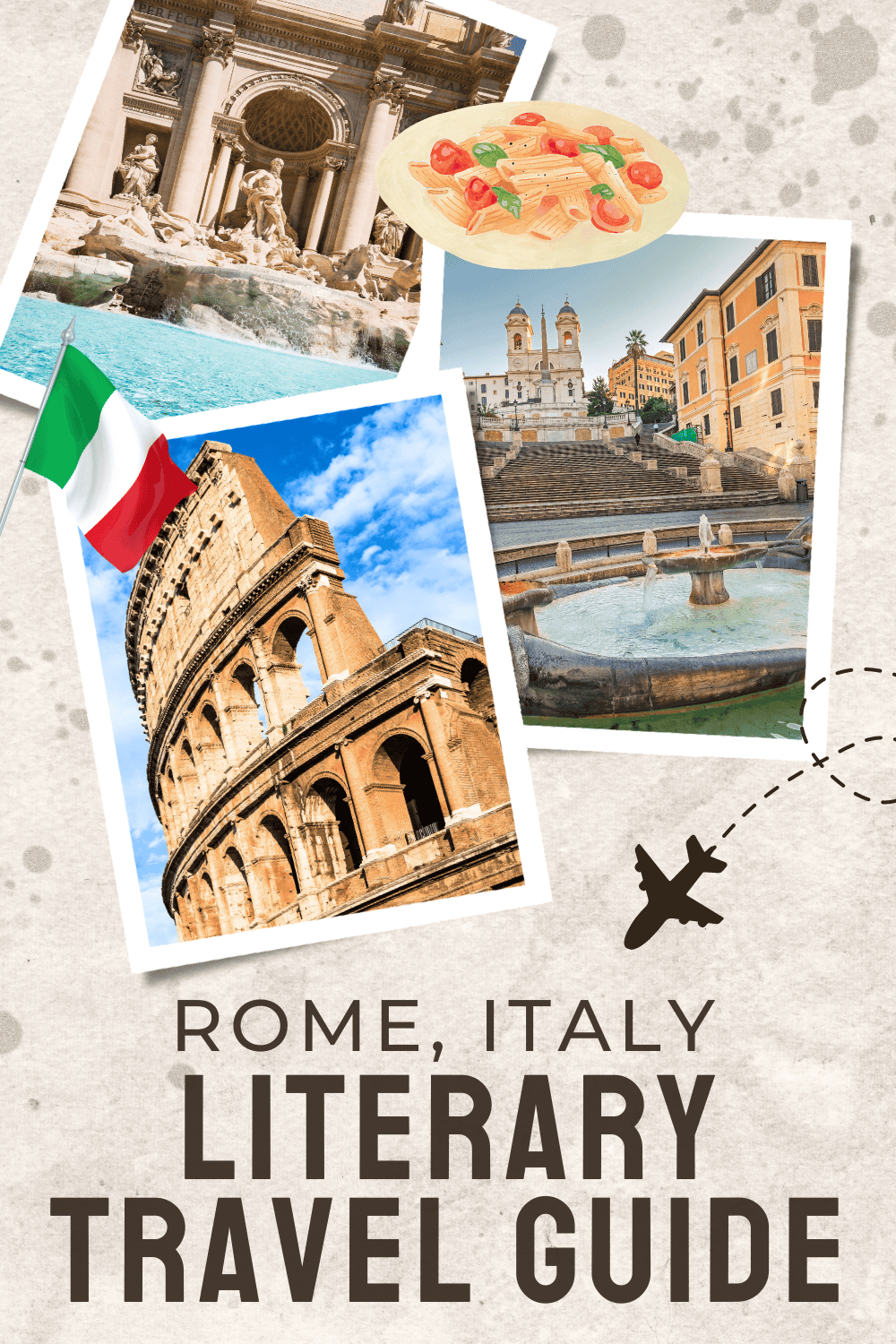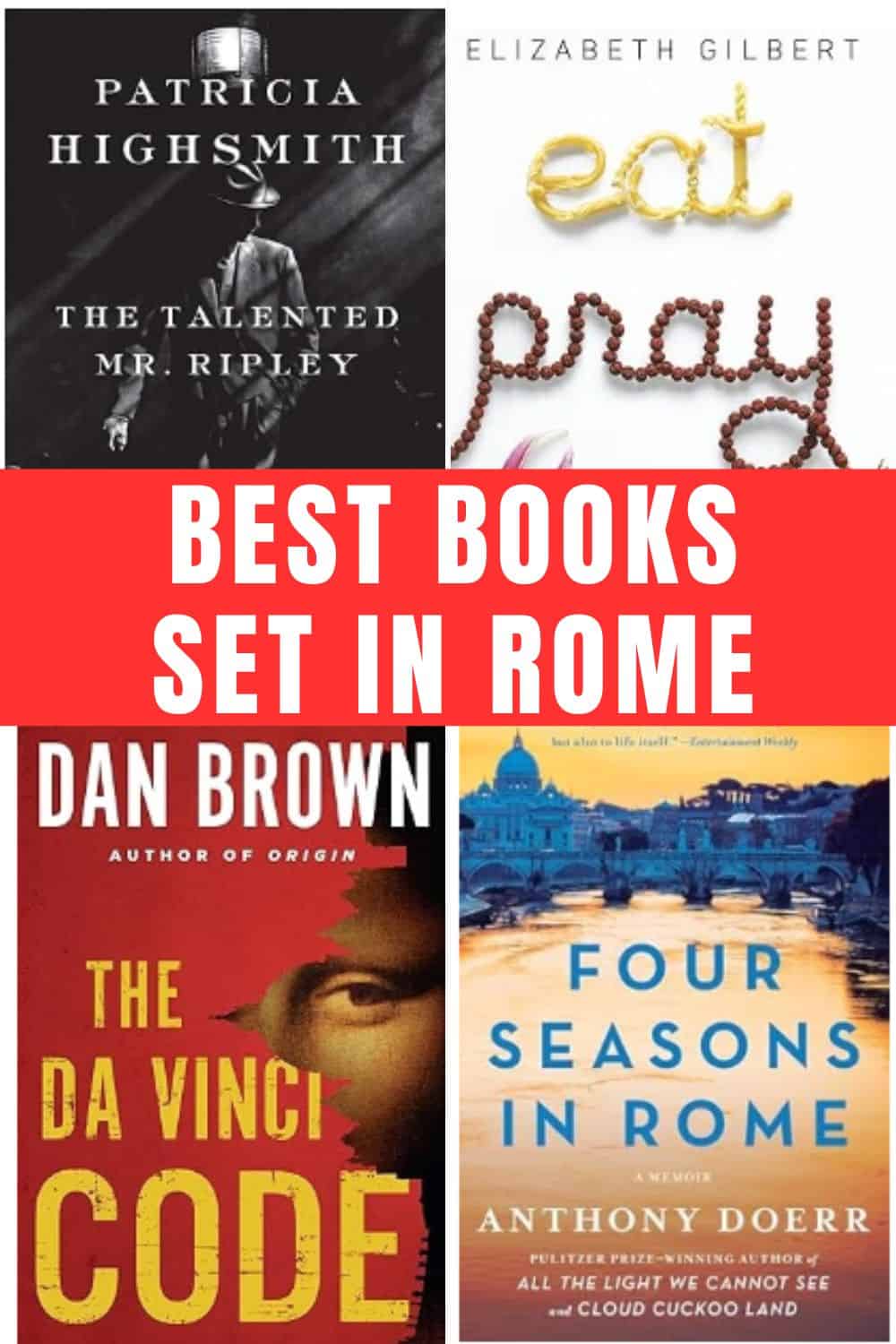Plan the perfect trip to literary Rome with these inspirational travel ideas. Known as the “Eternal City,” Rome, Italy, has inspired countless writers throughout many centuries. You’ll learn about the top places that have captivated the imaginations of authors and readers alike. Let’s go on a literary journey!
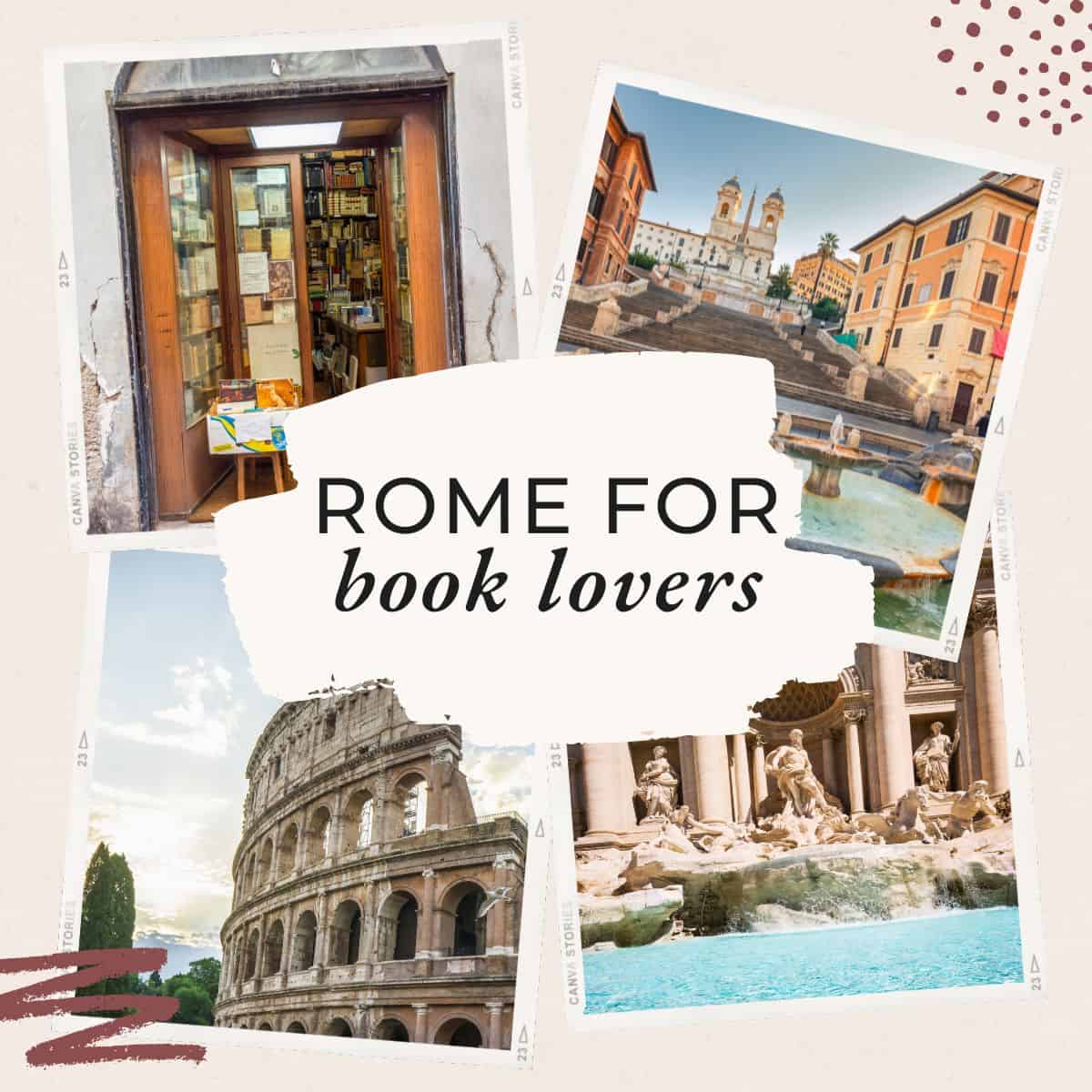
10 Things to Do in Literary Rome, Italy: Fun Facts for Book Lovers
Rome, Italy, is a large European city known for its ancient ruins, stunning architecture, and delicious cuisine. As the former capital of the Roman Empire, it holds an abundance of historical significance, often called the “Eternal City” for its lasting influence.
Of note, the golden age of Roman literature is generally considered to be during the reign of Augustus Caesar, from around 27 BC to 14 AD. This period saw the flourishing of writers like Virgil, Horace, Ovid, and Livy, producing works still studied today.
One of the most famous works of Roman literature is Virgil’s “The Aeneid.” This epic poem tells the legendary story of Aeneas, a Trojan who traveled to Italy and became the Romans’ ancestor. Virgil’s “The Aeneid” is a masterpiece of Roman literature in showcasing his storytelling and understanding of Roman history and culture.
A city filled to the brim with history, art, and culture, it’s not hard to find many literary things to do here. In fact, nearly all the major tourist attractions have connections to books and authors. Even better, many of them are free and open to the public!
Note: We booked tours of the locations we visited through Viator.
Colosseum
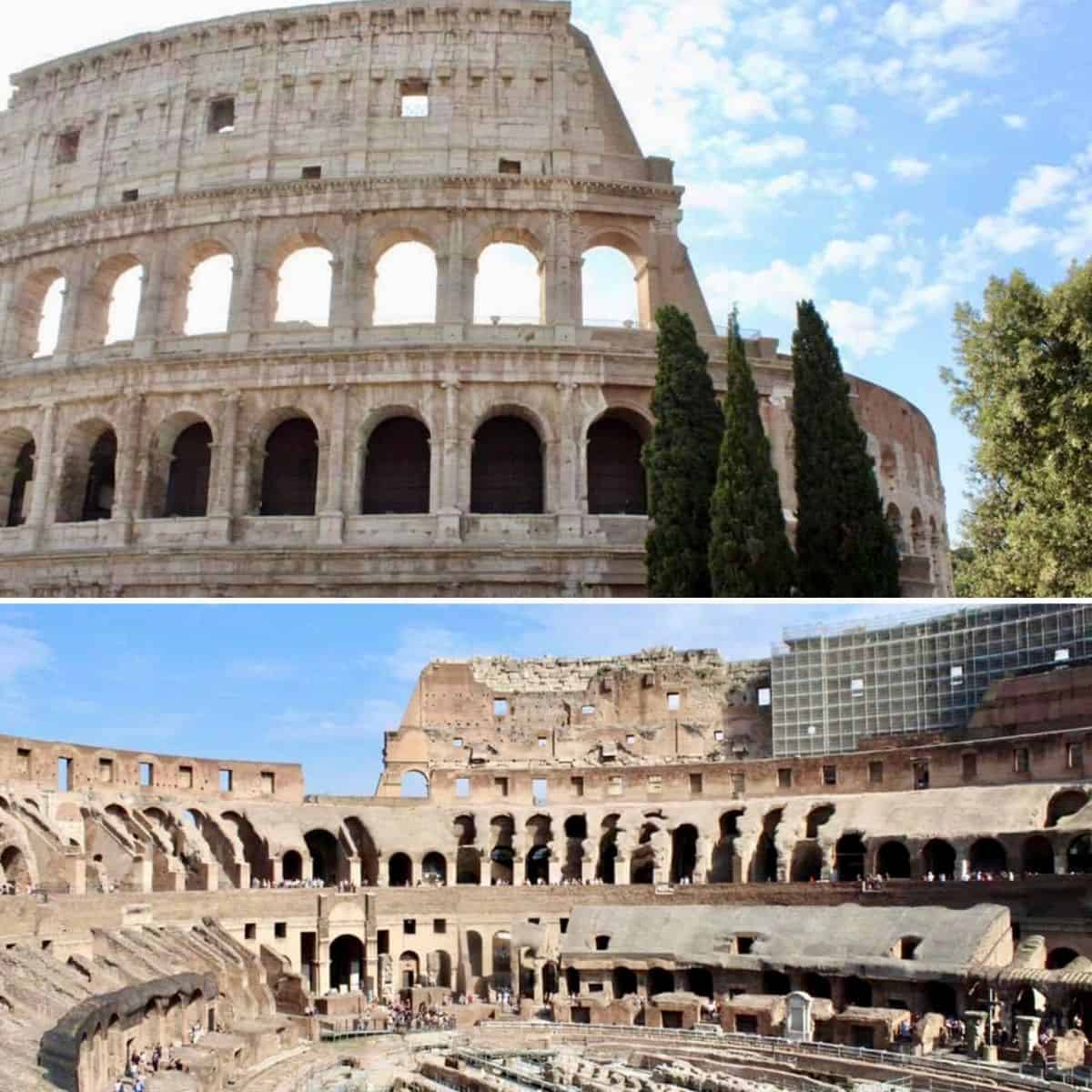
Piazza del Colosseo, 1, 00184 Roma RM, Italy
The Roman Colosseum is a giant ancient stadium where people watched shows like gladiator battles and other events, specifically during the Roman Empire, which lasted from 27 BC to AD 476. This massive structure symbolizes Rome’s power and creativity.
We took a brief tour just to see it, but you can take various length tours there.
It’s been featured in the Eagles of the Empire series by Simon Scarrow, Angels & Demons by Dan Brown, The Marble Faun by Nathaniel Hawthorne, Daisy Miller by Henry James.
Keats-Shelley House
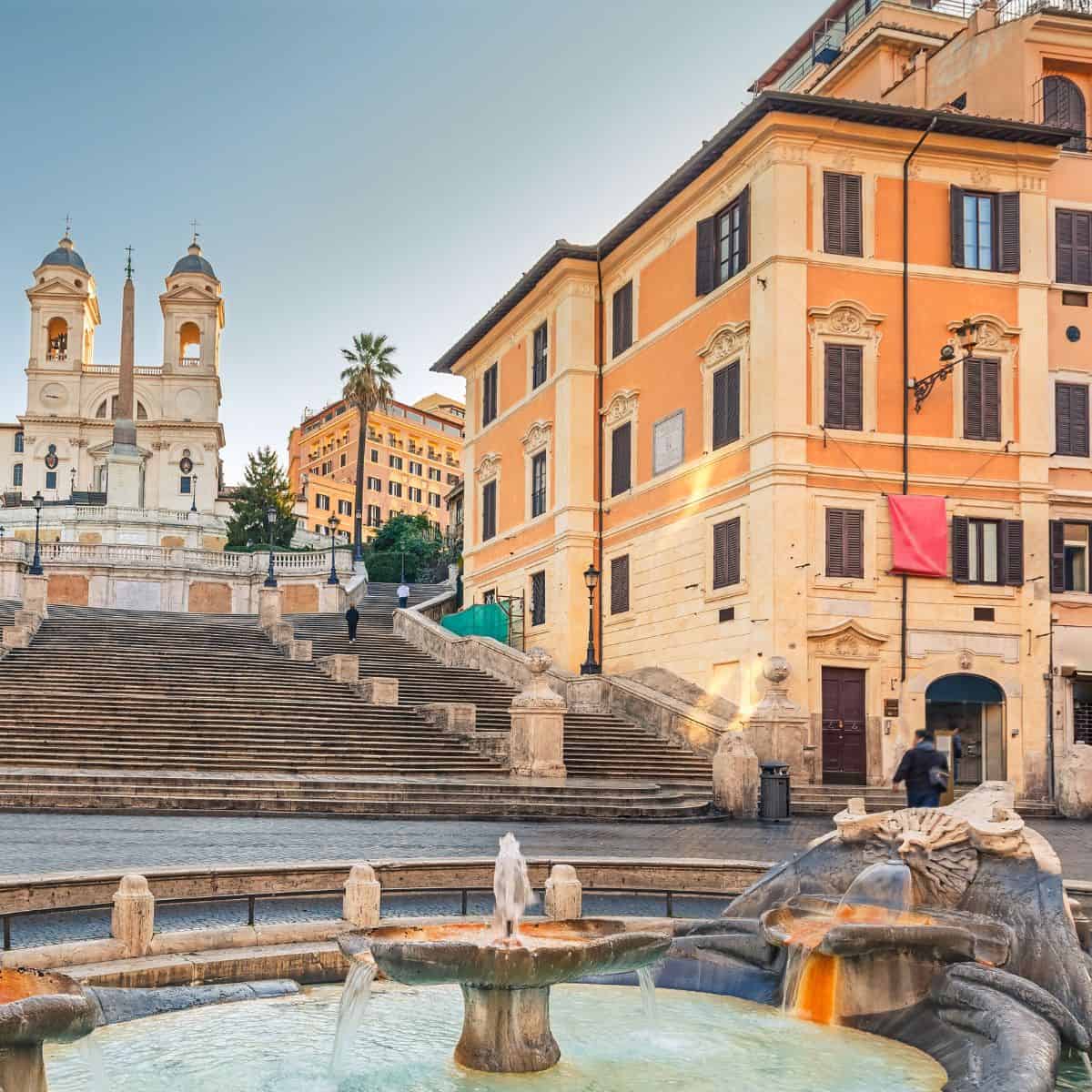
Piazza di Spagna, 26, 00187 Roma RM, Italy
Keats-Shelley House is a museum dedicated to the Romantic poets John Keats and Percy Bysshe Shelley. It’s located near the Spanish Steps, where Keats spent the last months of his life. F. Scott Fitzgerald also visited there.
The museum holds a collection of manuscripts, letters, and other memorabilia related to the lives and works of Keats, Shelley, and other Romantic poets.
Pantheon

Piazza della Rotonda, 00186 Roma RM, Italy
Pantheon Roma is an ancient temple-turned-church known for its iconic dome and impressive architecture. Originally built between AD 118 and 125 as a temple dedicated to all the gods, it’s now a Christian church. It’s famous for its architectural design and symbolizes ancient Roman engineering and innovation.
You can pop in and out of it quickly, and it’s worth seeing for the marvel of its open dome.
It’s been featured in Angels & Demons by Dan Brown, Four Seasons in Rome by Anthony Doerr, and The Marble Faun by Nathaniel Hawthorne. The scene in Four Seasons in Rome where snow falls through the open dome is one of the most memorable I’ve read.
Piazza Navona
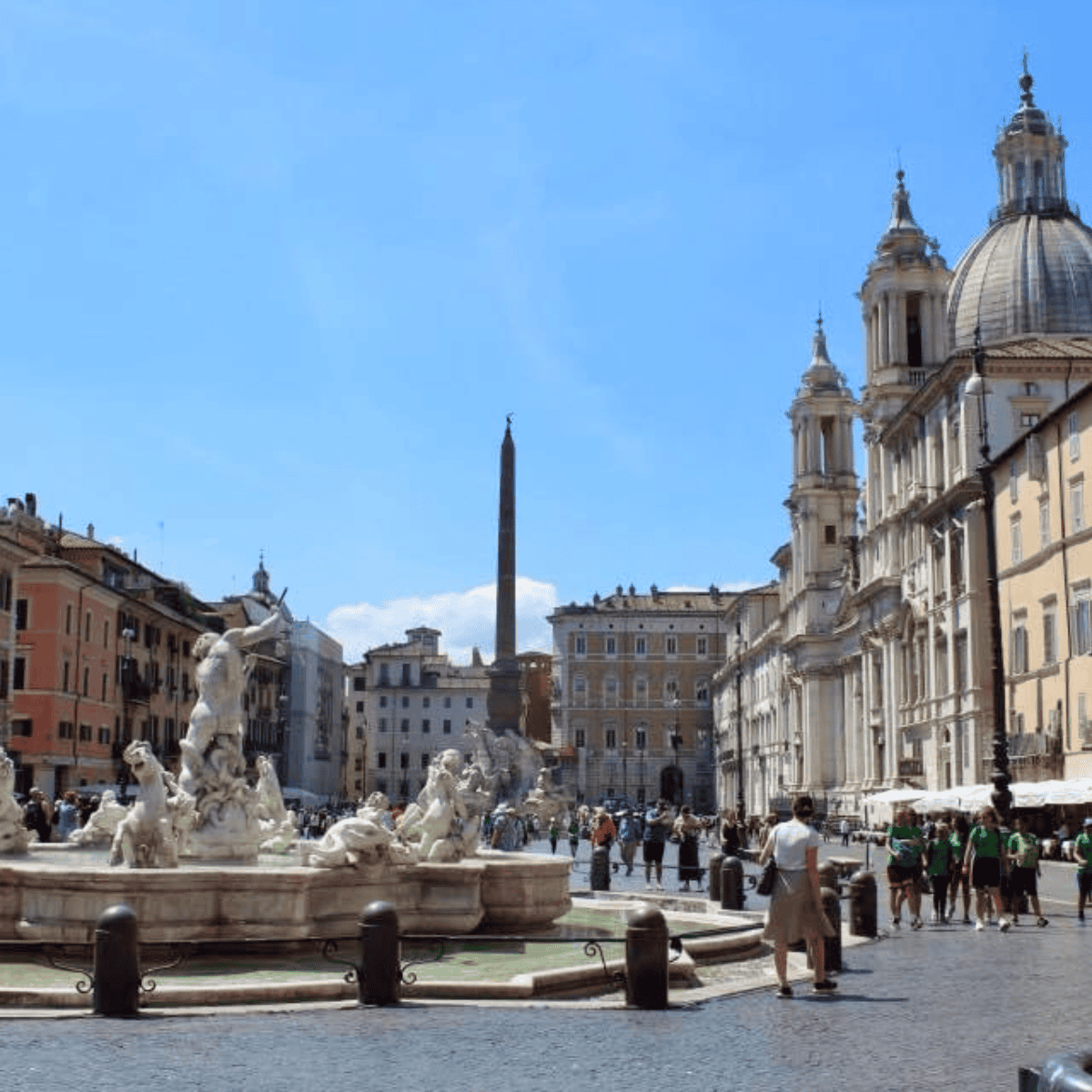
Piazza Navona, 00186 Roma RM, Italy
Piazza Navona is a square known for its Baroque architecture and fountains. It’s a popular spot, with outdoor cafes, street performers, and artists creating a fun place to relax.
Originally built as a stadium in the 1st century AD, It is long and rectangular, with three impressive fountains. This unique shape follows the footprint of the ancient Stadium of Domitian.
We walked around and ate gelato here for a fun afternoon.
It’s been featured in A Room With a View by E.M. Forster, The Marble Faun by Nathaniel Hawthorne, Angels & Demons by Dan Brown, and Four Seasons in Rome by Anthony Doerr.
Roman Forum
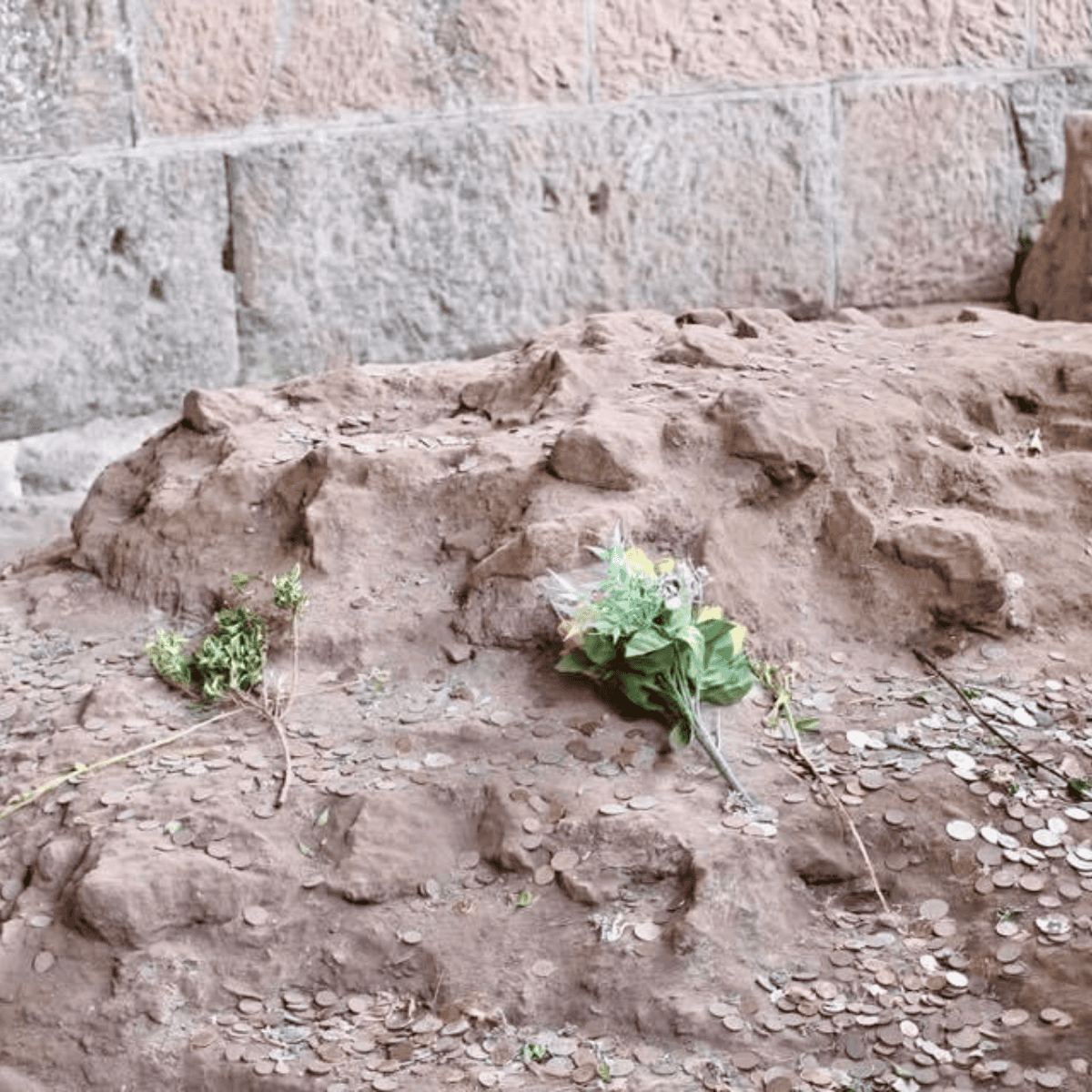
00186 Rome, Metropolitan City of Rome Capital, Italy
The Roman Forum is an ancient plaza that served as the center of Roman public life and politics. It was a central hub, with important government buildings, temples, and markets.
It bore witness to many key events in Roman history. For example, after Julius Caesar was assassinated on the Ides of March in 44 BC, his body was cremated in the Roman Forum. While the location is notable for many reasons, as a lover of literature, this particular one spoke to me the most.
We toured it as part of our tour of the Colosseum, and we learned and saw a lot in a short time there. It hearkened back to my days studying Latin in high school.
Spanish Steps
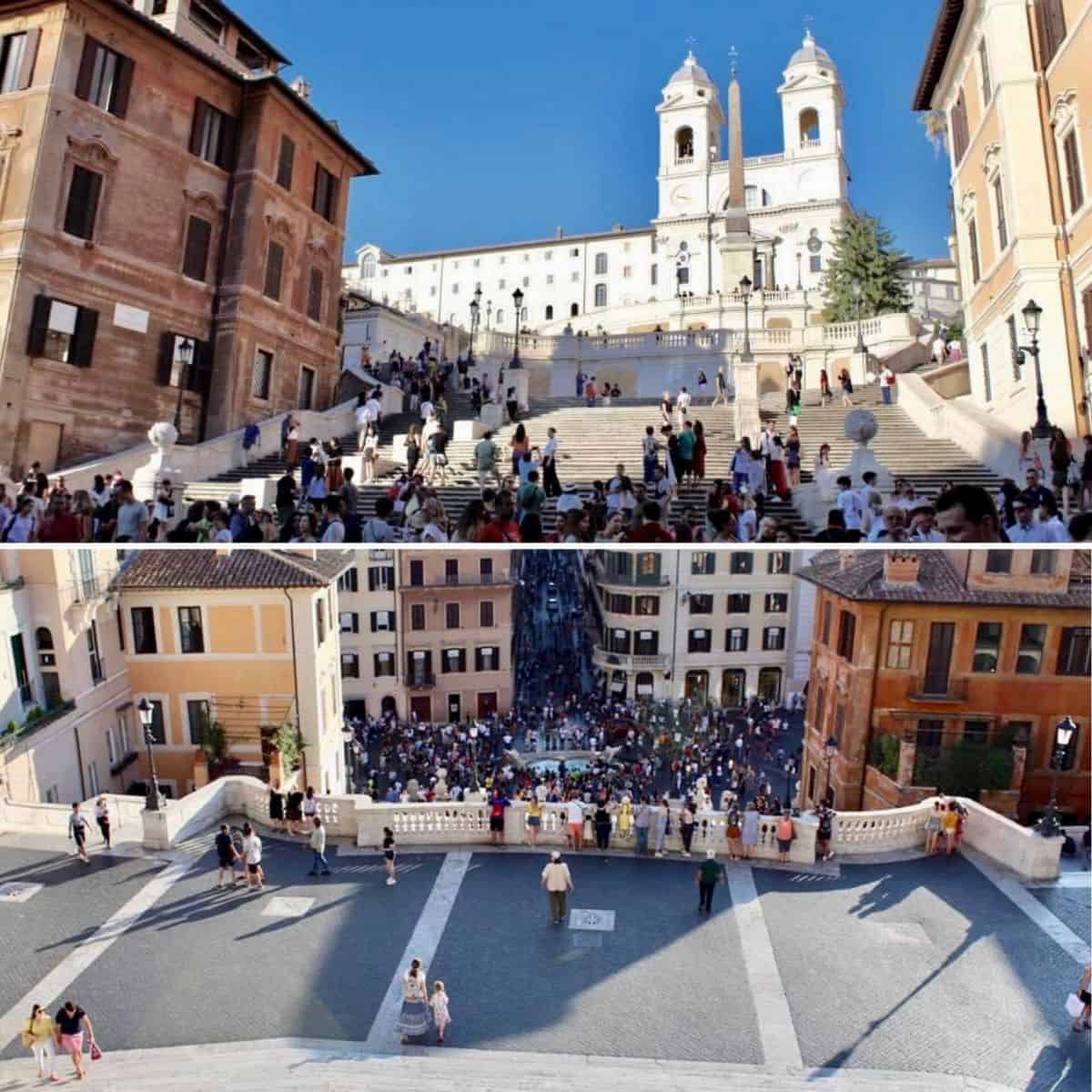
Piazza di Spagna, 00187 Roma RM, Italy
The Spanish Steps are a famous staircase that connects the Piazza di Spagna at the base with the Piazza Trinità dei Monti at the top. Originally built in the 18th century to link the Bourbon Spanish Embassy to the Trinità dei Monti church, they remain a popular gathering place.
They are steeper than they seem, but it’s cool to see how they lead to a completely different part of town, which feels much more like a “city.”
It’s been featured in The Talented Mr. Ripley by Patricia Highsmith, Roman Fever by Edith Wharton, The Marble Faun by Nathaniel Hawthorne, Eat, Pray, Love by Elizabeth Gilbert, and A Room With a View by E.M. Forster.
Torre Argentina Cat Sanctuary
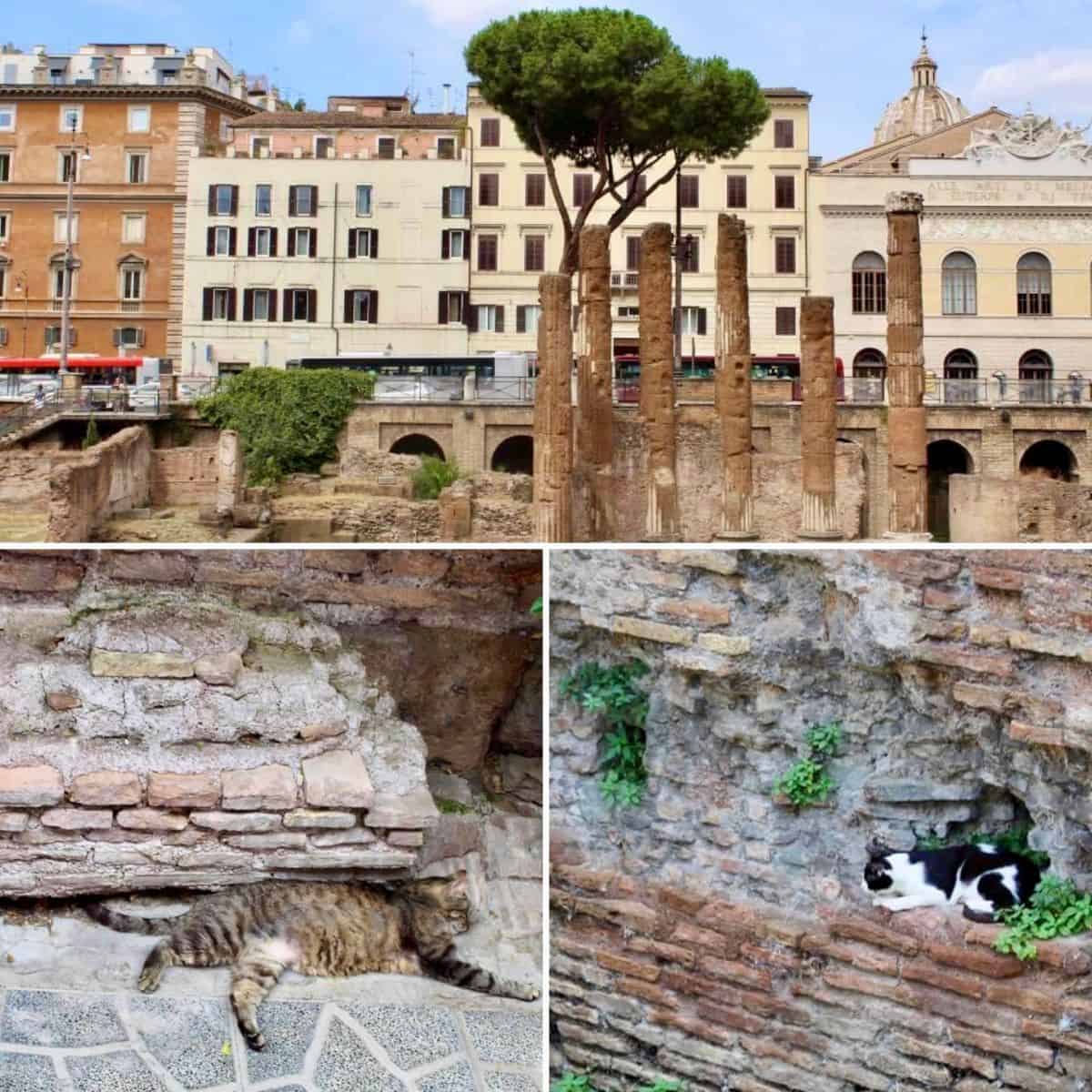
Largo di Torre Argentina Via Arenula corner (archeological area) – 00186 Roma
Torre Argentina Cat Sanctuary is located in the ancient ruins where Julius Caesar is believed to have been assassinated. Now, it combines the care of stray cats with preserving ancient Roman history.
As cat lovers, we walked by here and stopped to look more times than I can count. It’s especially fun because you can spot different cats each time.
Trevi Fountain
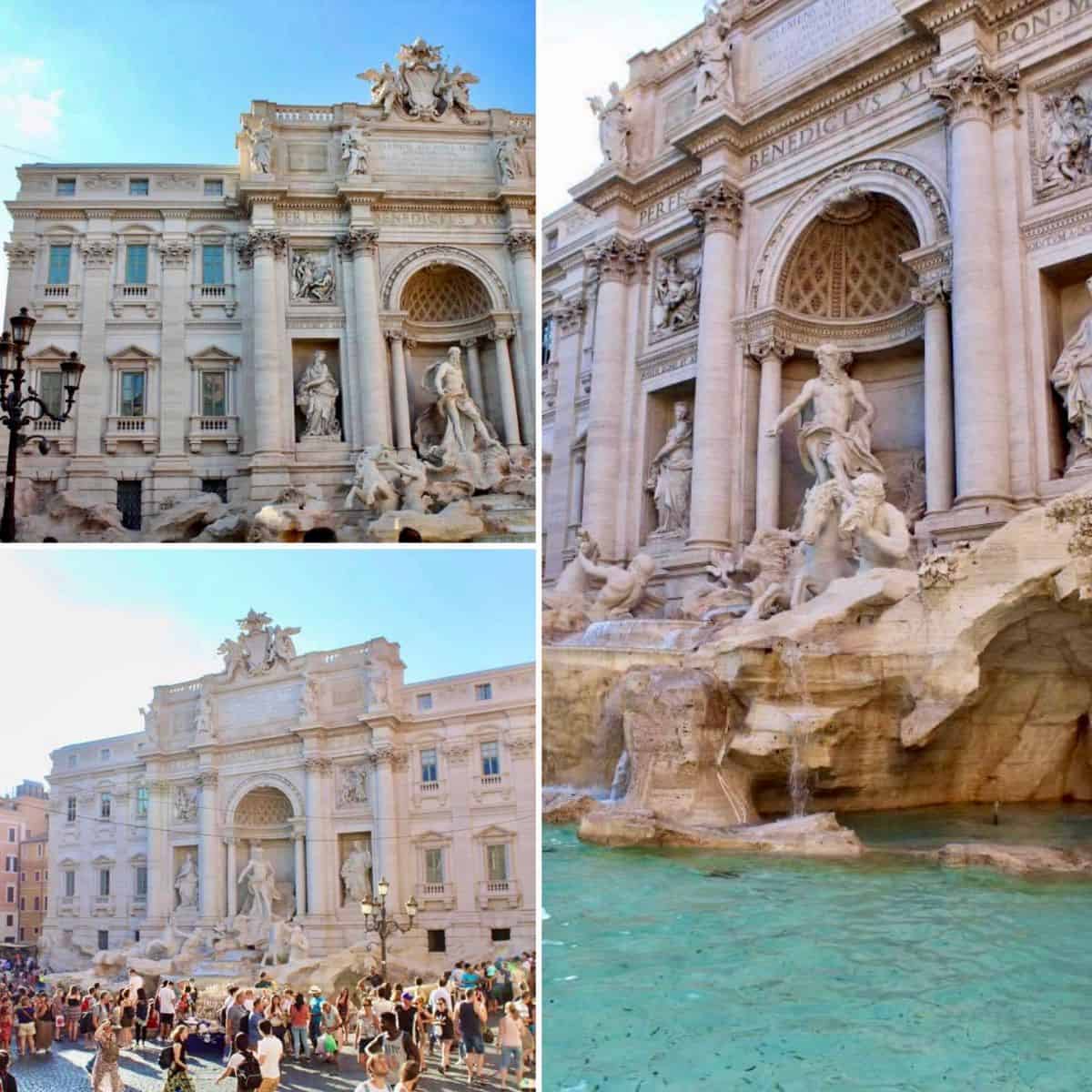
Piazza di Trevi, 00187 Roma RM, Italy
Trevi Fountain is a massive and stunning Baroque fountain designed by the Italian architect Nicola Salvi and built in the 18th century. It’s one of the most famous fountains in the world and is a very popular tourist attraction that’s nearly always crowded, except during the early morning hours.
Pictures do not do it any justice. It is so much larger in person and an absolute marvel to behold, tucked into a tiny nook. It took my breath away, and it is not to be missed.
It’s been featured in Eat, Pray, Love by Elizabeth Gilbert, The Marble Faun by Nathaniel Hawthorne, and The Lost Symbol by Dan Brown.
Vatican
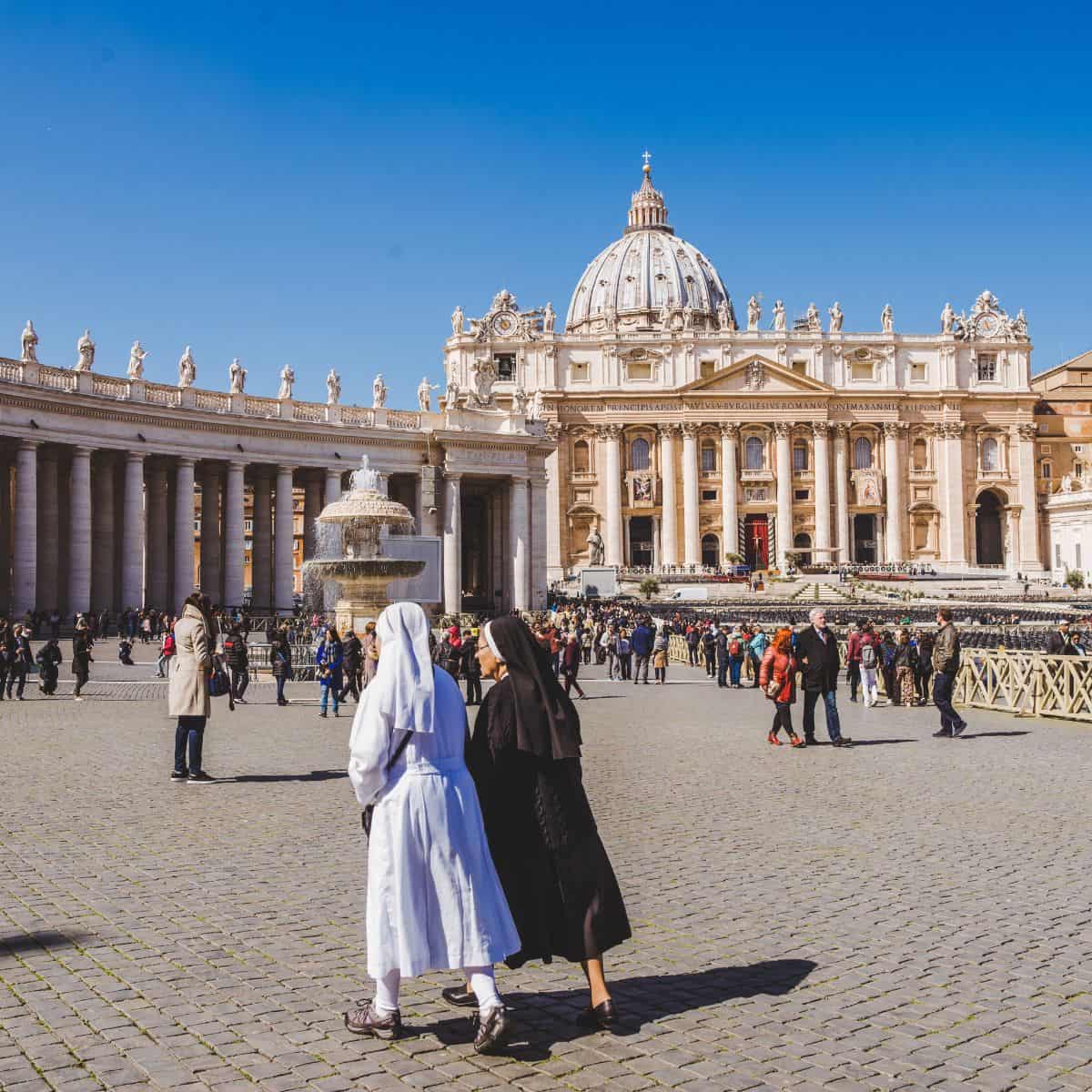
Viale Vaticano, 00165 Rome
The Vatican is the world’s smallest independent state and the Catholic Church’s spiritual center. It is home to the Pope and many iconic works of art and architecture, including St. Peter’s Basilica and the Sistine Chapel. It’s visited by millions of pilgrims and tourists each year.
To avoid crowds, visit it during the earliest morning hours.
It’s been featured in Angels & Demons by Dan Brown, and The DaVinci Code by Dan Brown.
Villa Borghese

00197 Rome, Metropolitan City of Rome Capital, Italy
Villa Borghese is a large public park in the heart of the city, known for its gardens, museums, and galleries. It’s home to the Borghese Gallery, which houses a collection of art.
Nathaniel Hawthorne and Henry James visited there. It’s also been featured in in From the Mixed-Up Files of Mrs. Basil E. Frankweiler by E.L. Konigsburg, The Portrait of a Lady by Henry James, and The Enchanted April by Elizabeth von Arnim.
Where Authors Stayed in Rome
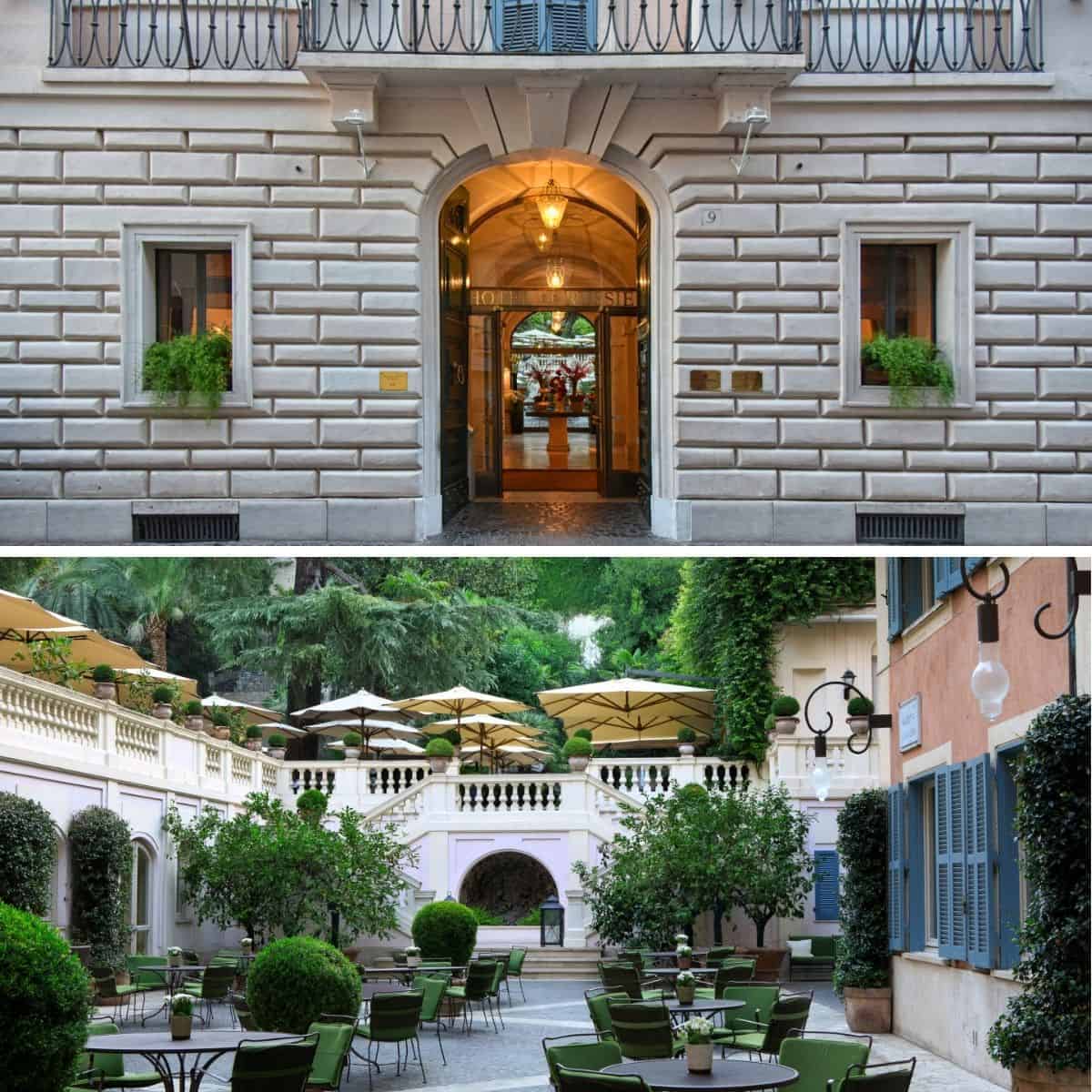
- Hotel de Russie (pictured above) is a luxurious hotel near the Spanish Steps, known for its beautiful gardens. Henry James and Charles Dickens visited there. Our friends stayed there and loved it, although it was a big splurge.
- Inn at Spanish Steps is a charming boutique hotel where Hans Christian Andersen once resided.
Where to Shop For Books and Other Famous Works in Rome
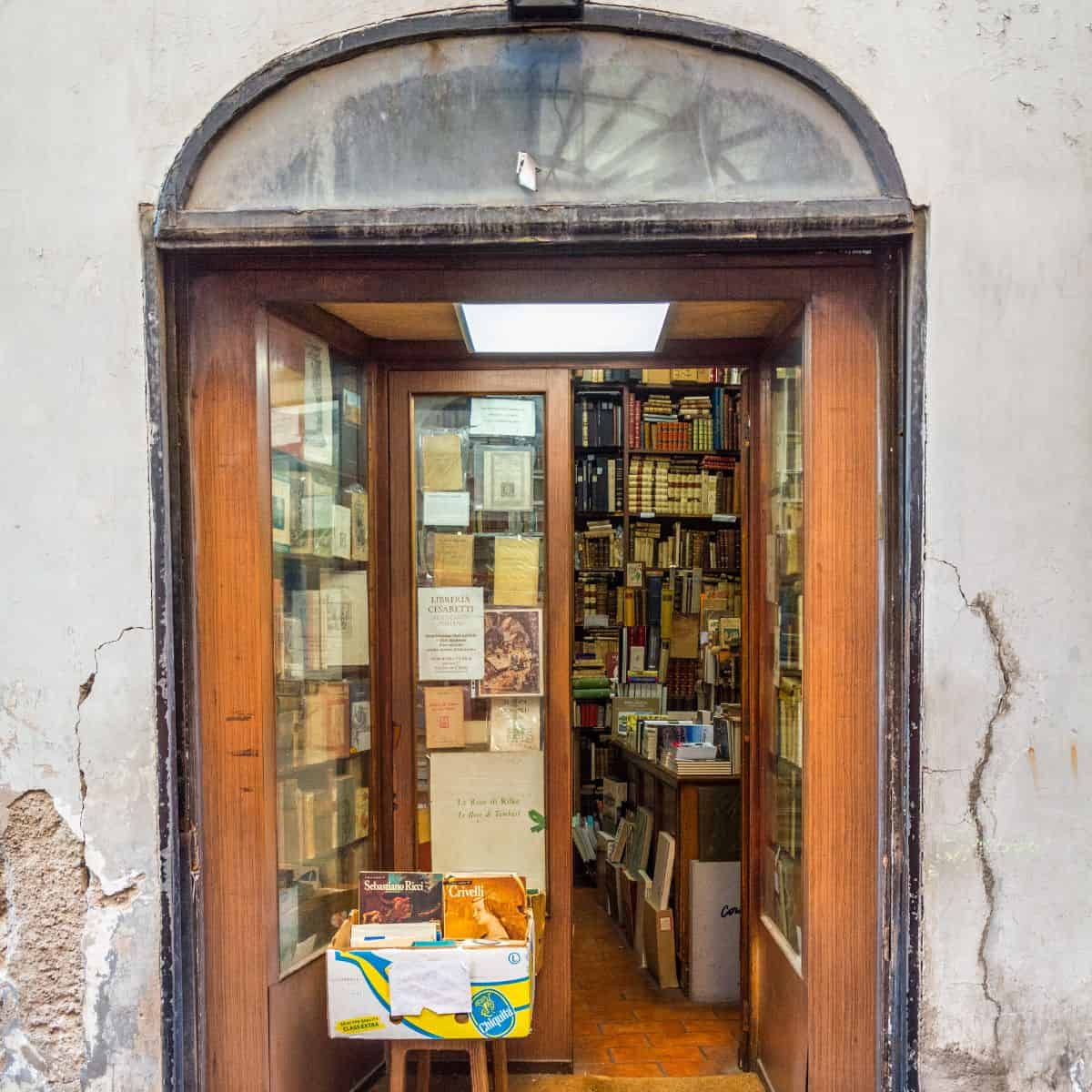
There are TONS of bookstores in Rome. Here are just some of the most popular and unique ones:
Almost Corner Bookshop: Via del Moro, 45, 00153 Roma RM, Italy (English-language bookseller in Trastevere)
Altroquando Libreria e Pub: Via del Governo Vecchio, 80, 00186 Roma RM, Italy (independent bookstore and bar)
Fahrenheit 451 Libreria Internazionale: Via dei Prefetti, 22, 00186 Roma RM, Italy (showcases independent publishing, specializes in figurative arts and entertainment, and sells out-of-print, rare and collectible books)
Libreria Cesaretti al Collegio Romano (pictured above): Via del Piè di Marmo, 27, 00186 Roma RM, Italy (unique, antique, vintage, rare, and first edition books for collectors)
Open Door Bookshop: Via della Lungaretta, 23, 00153 Roma RM, Italy (used books in English, Italian and French)
Bonus: Biblioteca Angelica is a famous public library located at P.za di S. Agostino, 8, 00186 Roma RM, Italy.
SHOP TOP ROME BOOKS
Where Authors Eat in Rome
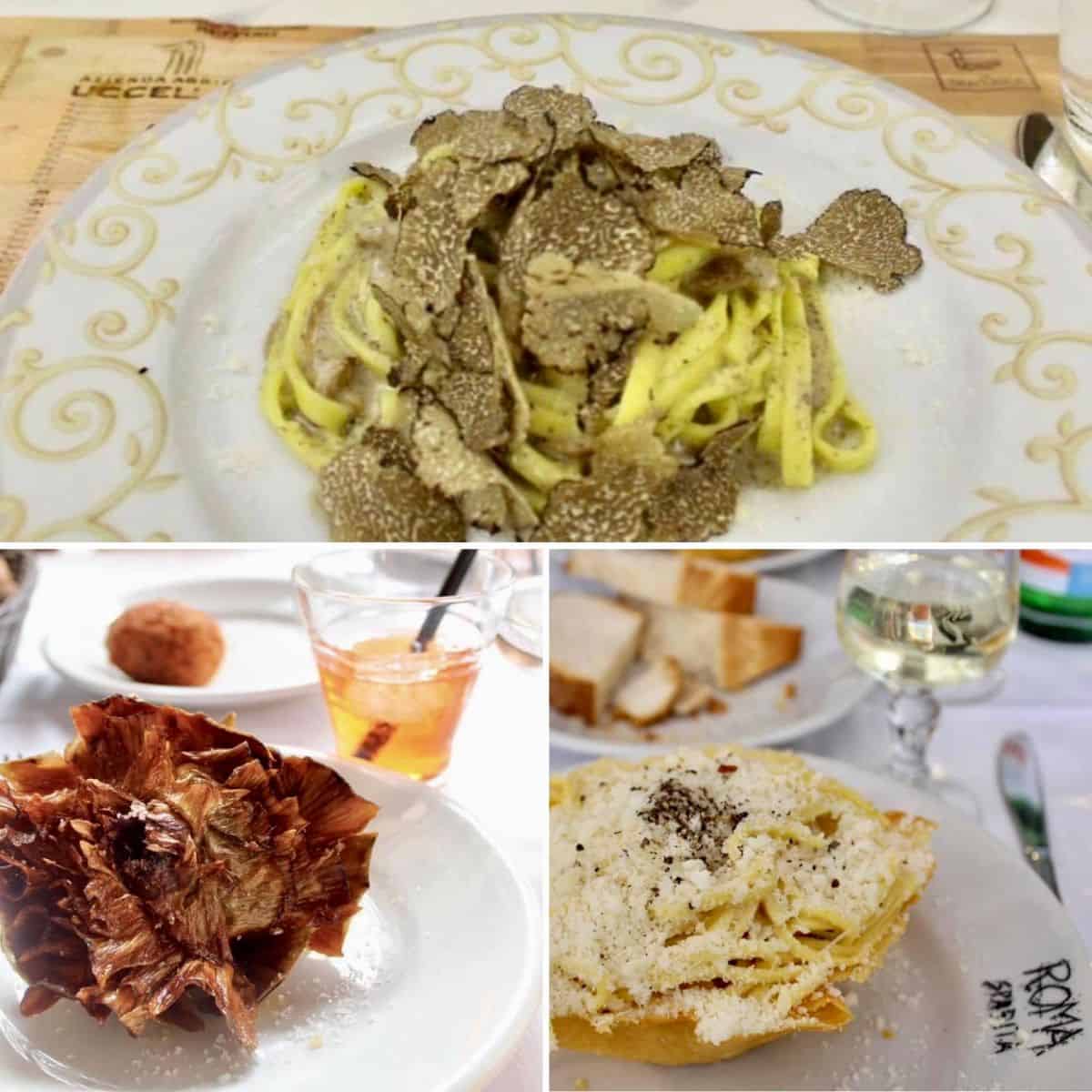
Have your own Eat, Pray, Love moment with Roman delicacies!
Antico Caffe Greco is one of the oldest coffee shops in the city, dating back to 1760. It has hosted Charles Dickens, Mark Twain, and Hans Christian Andersen.
The Jewish Quarter/Roman Ghetto has been home to the Jewish community for centuries, known for its narrow streets, historic synagogues, and kosher restaurants. Just grab a spot at any of the restaurants there, but order the famed Roman artichokes. (I still dream about them.) This neighborhood’s World War II significance was featured in History: A Novel by Elsa Morante.
Roma Sparita is not truly literary, though it was famously frequented by a travel writer: Anthony Bourdain. His favorite cacio e pepe is served here, and it lives up to the hype! We recommend getting there before it opens for lunch. It’s a very authentic dining experience where, to this date, you will see a LOT of cacio e pepe come out of the kitchen!
Pro Tip: Drink spring water from one of the many city fountains. It’s free and refreshingly delicious.
A few non-literary restaurants we enjoyed:
Osteria Barberini is a black truffle mushroom restaurant near the Spanish Steps. Yes, please! Upon entering the restaurant, you are completely overwhelmed by the delectable scent of black truffles. The food was melt-in-your-mouth good, and we also had high-quality wine at a reasonable price. I suggest booking a reservation a few days in advance.
My husband is a proficient cocktail maker who is extremely picky about craft cocktails. He found Giulia by researching the best cocktail bars in Rome, and he still raves about the Negroni he had there, which was bottle-aged with orange smoke.
WHAT TO EAT IN ROME
- Carbonara: Pasta dish with eggs, cheese, pancetta, and black pepper
- Cacio e Pepe: Pasta with pecorino romano cheese and black pepper
- Supplì: Fried rice balls with tomato sauce and mozzarella cheese
- Carciofi alla Romana: Artichokes cooked with garlic, mint, and white wine
- Bucatini all’Amatriciana: Pasta with a sauce made from tomatoes, guanciale (cured pork cheek), pecorino cheese, and chili peppers
Sources
Besides my personal experiences in Rome, Italy, I relied on countless sources, from blogs to Wikipedia, social media videos, and beyond. Some of my favorite resources for Rome, Italy, are these books:
Literary Map of Rome
Use this travel guide to literary Rome to plan your trip with the map below:
